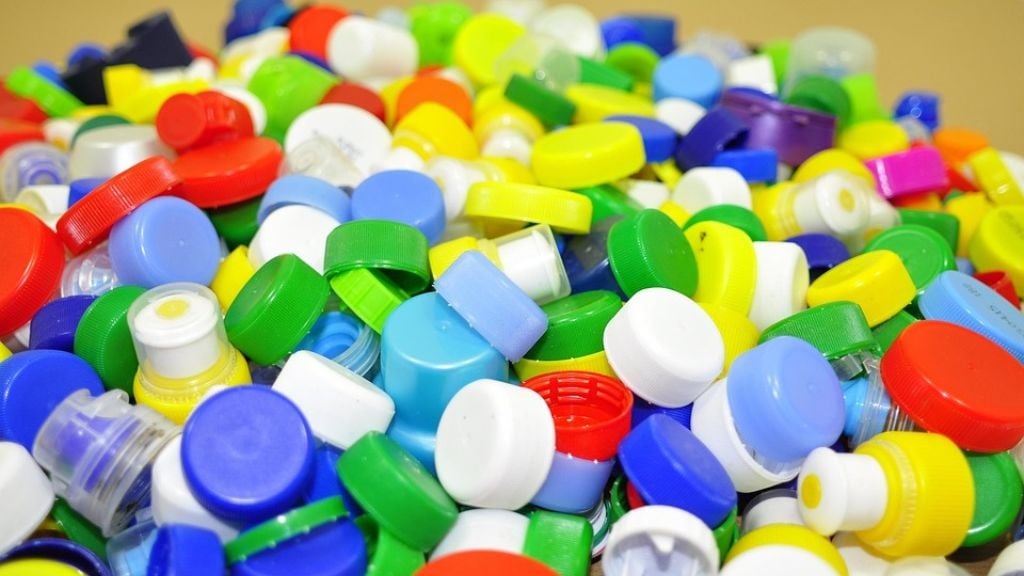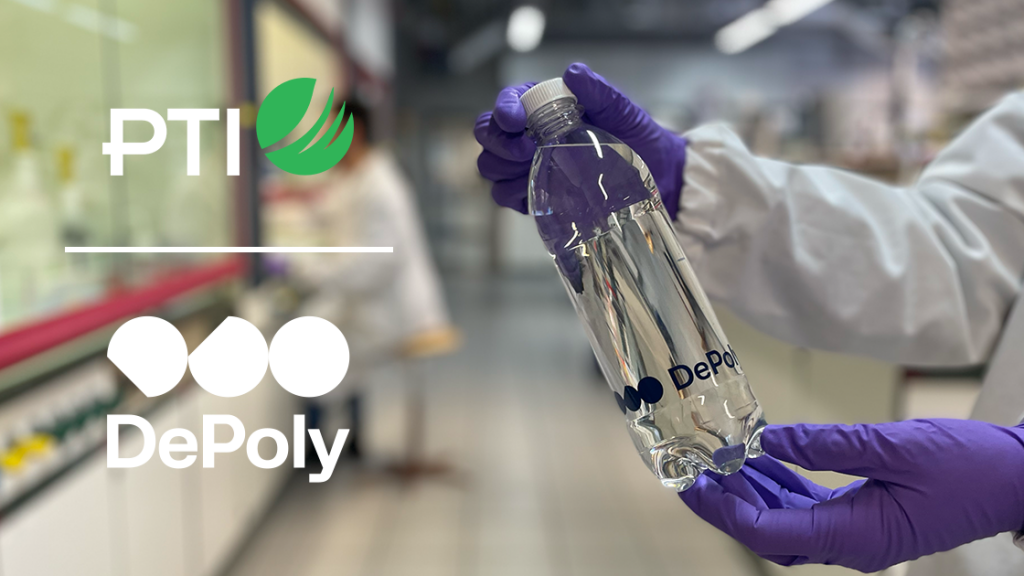Industry leaders tackle small-format plastic packaging waste
A new report shows that small changes could save tens of thousands of tons of valuable small materials at recycling facilities

Closed Loop Partners' Center for the Circular Economy has recently launched findings in a new report on small-format plastic packaging recovery. The report builds on over two years of market research and comprehensive recycling tests in partnership with Maybelline New York and its parent company, L'Oréal Groupe, bolstered by the support of additional partners Kraft Heinz, P&G, and Target.
A big problem with small plastic packaging
The findings reveal a viable pathway to recover tens of thousands of tons of valuable small materials — including plastics like polypropylene — from materials recovery facilities (MRFs) and glass recycling plants across the U.S. With the right equipment upgrades and reconfigurations, significant volumes of these materials can be successfully recycled instead of being lost to waste.
For example, upgrading the glass screen — a type of material sorting equipment — at a MRF resulted in a 67 percent relative reduction in mid-to-large-sized "small" plastics contaminating the glass stream. Materials that would have otherwise been considered contaminants and discarded at the glass recycling plant are now effectively sorted and directed into appropriate bales for sale in the recycled materials market.
These promising findings demonstrate the positive economic and environmental impact of recovering small-format packaging, catalyzing the launch of a new industry collaboration managed by Closed Loop Partners' Center for the Circular Economy: the Consortium to Recover Small-Format Packaging.
Each year, consumers buy billions of products — beauty items, medications, and food — packaged in small-format plastic that is difficult to recycle due to its size and other factors. Currently, most of this plastic packaging is discarded into trash bins, ending up in landfills or incinerators. The small fraction that does end up at recycling facilities often slips through sorting equipment due to its size, which contaminates the glass stream and is ultimately sent to landfills. As brands work to meet waste reduction goals and achieve compliance with Extended Producer Responsibility legislation, the opportunity to capture previously unrecovered small-format plastic packaging can have a significant positive impact.
The Center conducted an extensive, in-field process to identify solutions for small-format packaging recovery. This included evaluating glass stream contamination at more than half a dozen MRFs across the U.S. The Center collected samples from two MRFs' glass streams and one glass recycling plant's residue streams; trialed equipment configurations to sort plastics from these streams; sent samples to reclaimers to test their processability and market value; and iterated this process multiple times.
The report highlights five key insights critical to the recovery of small-format packaging:
- Many small-format plastic materials hold significant market value
- Logistical solutions already exist to handle them
- Current technologies can be adapted to effectively recover portions of them at MRFs and glass recycling plants
- Market demand for these materials is strong — especially from mechanical recyclers
- Targeted investment at recycling facilities is essential to build a compelling, scalable business case to recover smaller materials
These findings can apply to recycling facilities across the country, meaning tens of thousands of tons of plastics could be recovered annually, avoiding landfills, and generating market value.
The Center for the Circular Economy's new findings lay the necessary groundwork and provide the diligence needed for the creation of a new industry consortium. The Consortium is focused on advancing the recovery of small-format packaging by testing the Center's latest findings in real-world scenarios across the U.S. The Center is inviting research-phase partners to join, while also expanding participation to brands across various sectors. This issue crosses industries across the globe, as small-format packaging is used in beauty, pharmacy, food service, beverage, retail, and beyond.
The next step to build upon the findings is investment in equipment and infrastructure upgrades for rigid small plastics recovery in the field. The Center for the Circular Economy anticipates a quantifiable tonnage of materials diverted from landfills, carbon emissions avoided, and post-consumer recycled content generated. The Consortium will lead the establishment and engagement of a value chain for recovery of small materials, from recyclers, reclaimers, policymakers, and more.



